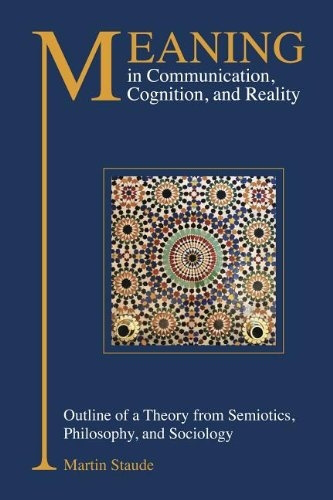This book presents a general and formal theory of meaning, signs, and language. The theory is presented in a clear and consistent way offering novel and provocative insights into the fundamental structures and processes of communication, cognition, and reality. Key topics include distinctions and categories, the self-contradictory dualism of word vs. object, linguistic meaning monism, relations and processes in the semiotic triangle, conceptual prototypicality and fuzziness, semantic fields and frames, meaning medium vs. forms, as well as activation and co-activation of meanings. In order to illustrate and apply the theory, everyday examples, in particular power and law, are discussed throughout the book. Methodological questions of data collection and analysis are also addressed as they are relevant to the empirical application and verification of the theory. The book combines approaches from systems theory, non-dualism, prototype theory, semantic field theory, speech act theory, and structuralism. Due to its broad and interdisciplinary focus, this book will not only appeal to semioticians, philosophers, and sociologists, but also to linguists, cultural anthropologists, and cognitive scientists.


